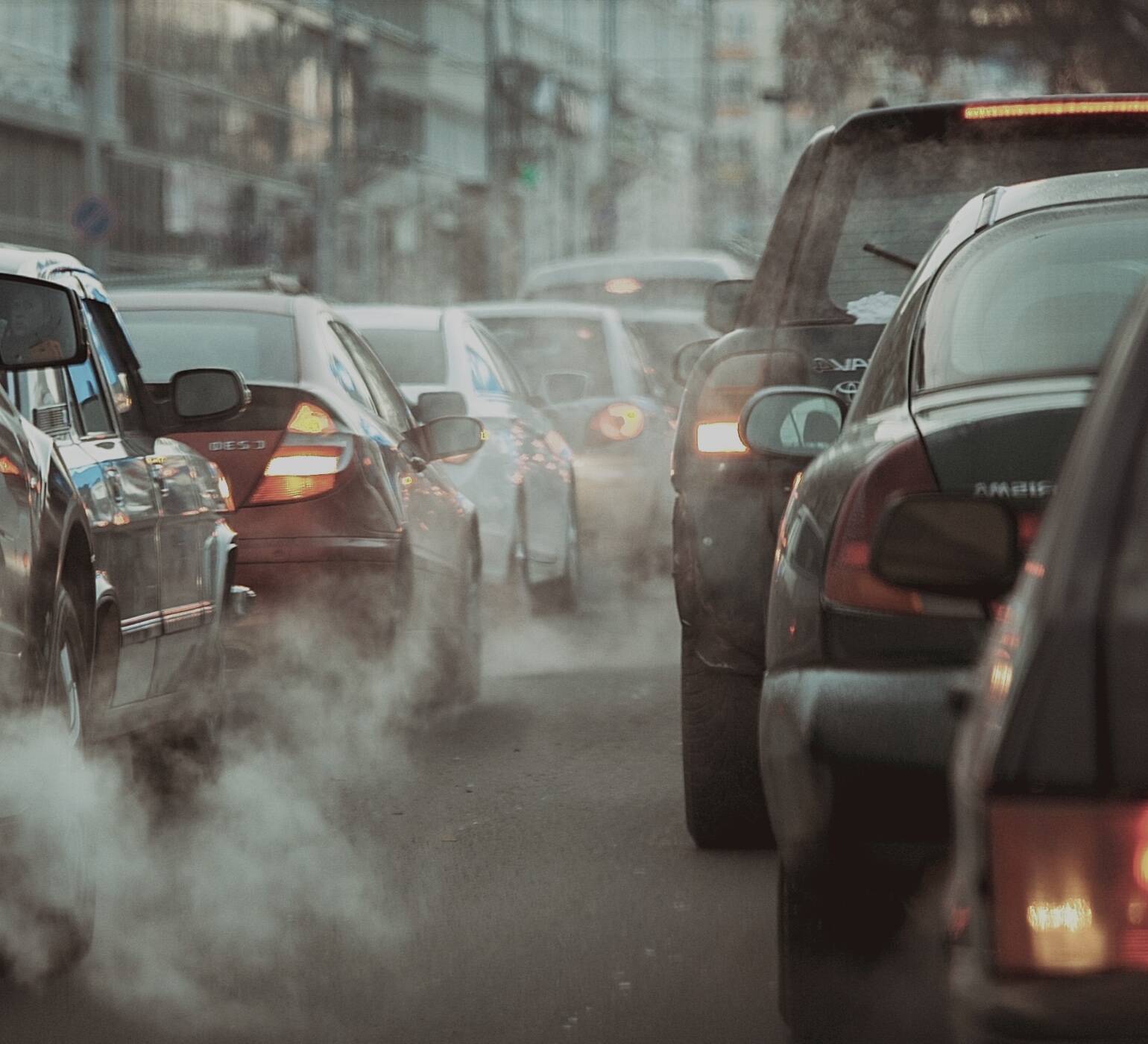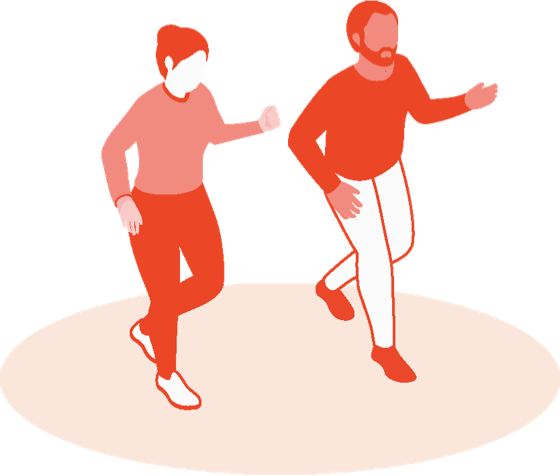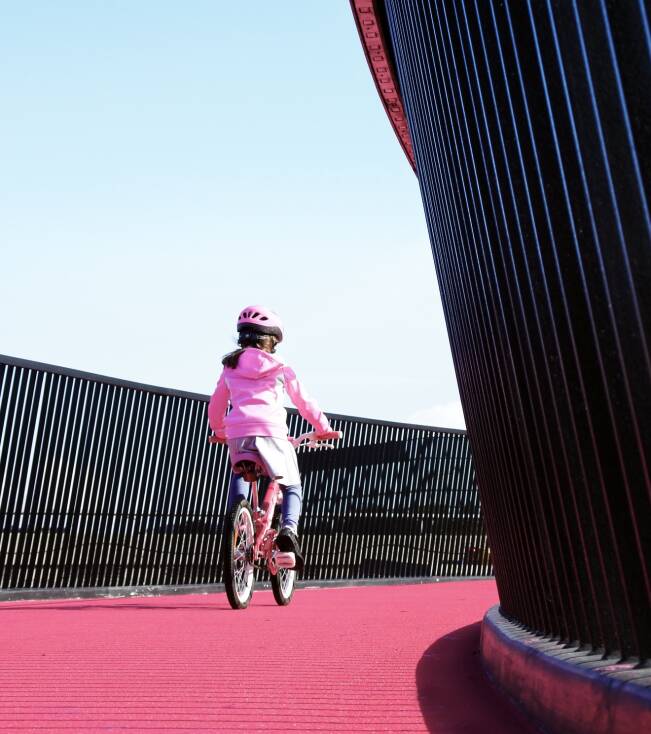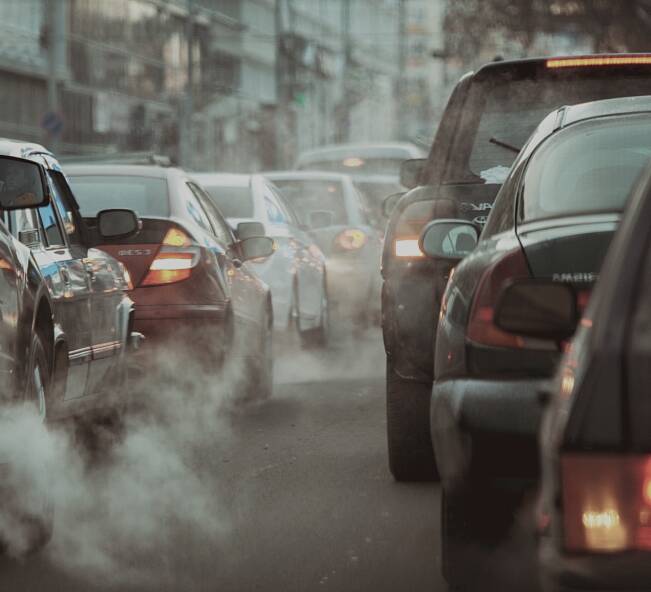FULL INSIGHTS
This is a condensed version of our insights. Download the full version with additional research and materials.
Download


WSP’s Principal Specialist - Sustainability and Resilience
As Principal of Sustainability and Resilience, Dr Rowan Dixon leads WSP’s sustainability insight and expertise. His experience spans international trade, environment and climate negotiations, policy development and implementation, including carbon, biodiversity and community development and conservation projects, and the valuation of natural and social capital offsets.
Rowan Dixon


Back to main

Essentially our built form needs to drastically reduce vehicle movements. It demands the down-scaled vehicle fleet is electrified, and internal combustion engines are rapidly phased out.
We’ve largely sleepwalked ourselves into the current high-carbon, mobile-energy system, but it’s not looking like the same laissez-faire approach will get us out. Perhaps by reflecting on lessons from lockdown and thinking systemically across the many moving parts in our towns and cities, we might emerge into a more stable, slower, urban model deliberately designed to fit the planet.

“So be still now. Wrap your hills around our absence. Loosen the concrete belt cinched tight at your waist.
Rest. Breathe. Recover.
Heal – And we will do the same.”
for Papatūānuku
Nadine Anne Hura



The key concerns the review seeks to address that pertain to transport emissions include:
key concerns
An urgent need to reduce carbon emissions and adapt to climate change: the impacts of climate change are already affecting where people live and how we use our environment. Our land and resource use patterns need to change to mitigate and adapt to the effects of climate change, and we need a resource management system that supports New Zealand’s commitments to reduce greenhouse gas emissions.
Climate change
Urban areas are struggling to keep pace with population growth: poorly managed urban growth has led to increasing difficulty in providing affordable housing, worsening traffic congestion, greater pollution, and reduced productivity.
URBAN GROWTH

“People always said it wasn’t possible. To ground flights and stay home and stop our habits of consumption.
But it was. It always was.
We were just afraid of how much
it was going to hurt.”
for Papatūānuku
Nadine Anne Hura



Auckland Motorway Network: Demand – Delay Curve
Lost customer hours (LCH)
Redefining mobility
When it comes to transport, it’s not really about transport. It’s much more about the assemblage of social and cultural support systems that we (individuals, collectives, and market systems) bring about. Specifically, land use and built form: what we do where, for how long, and how these activities can adapt to inevitable motion and change across the short and long term. Transport included.
In the context of the current challenges in Aotearoa, this demands rapid implementation of the spatial and strategic, carbon and climate planning outlined by the Resource Management Review Panel.
We have the blueprint
Lockdown in Aotearoa made clear to us the available potential and was an active experiment in the possible. According to this international study, New Zealand's daily carbon dioxide emissions fell up to 41% during the alert Level 4 lockdown.
NIWA air quality scientist Dr Ian Longley analysed data from the third week of lockdown and found levels of nitrogen oxides, mostly caused by vehicle exhaust, fell between 83 and 91% of normal at most monitoring sites. NIWA advised that unless the way we work and travel changes, it is likely that it will be at least 15-20 years before New Zealanders experience the same levels of clean air as those achieved during lockdown.

By: Rowan Dixon
Although it may feel like our traffic went from all to nothing and back, the data suggests otherwise. The graph above charts the impact the various alert levels had on the Auckland Motorway Network and shows that current Alert Level 1 demand on the network is still less than pre-COVID. We’ve changed. I’m reminded of the powerful words in the poem for Papatūānuku – Mother Earth by Ngāti Hine/Ngāpuhi writer Nadine Anne Hura.
We know transport is a significant emissions challenge for Aotearoa, and for many of us who want to effect change, the sheer scale of the problem can feel overwhelming. However, as we find our feet in a post COVID world, we know we have the boldness to address the previously unimaginable.
Focussing on transport is important for reasons that may be more dynamic than they first appear. Rowan Dixon, WSP’s Principal Specialist Sustainability and Resilience explores the mindset shift required to make significant change.
Back to main

Back to top

PART 1
The need
for change




WSP’s Principal Specialist - Sustainability and Resilience
As Principal of Sustainability and Resilience, Dr Rowan Dixon leads WSP’s sustainability insight and expertise. His experience spans international trade, environment and climate negotiations, policy development and implementation, including carbon, biodiversity and community development and conservation projects, and the valuation of natural and social capital offsets.
Rowan Dixon

Back to main

FULL INSIGHTS
This is a condensed version of our insights. Download the full version with additional research and materials.
Download

“So be still now. Wrap your hills around our absence. Loosen the concrete belt cinched tight at your waist.
Rest. Breathe. Recover.
Heal – And we will do the same.”
for Papatūānuku
Nadine Anne Hura

Essentially our built form needs to drastically reduce vehicle movements. It demands the down-scaled vehicle fleet is electrified, and internal combustion engines are rapidly phased out.
We’ve largely sleepwalked ourselves into the current high-carbon, mobile-energy system, but it’s not looking like the same laissez-faire approach will get us out. Perhaps by reflecting on lessons from lockdown and thinking systemically across the many moving parts in our towns and cities, we might emerge into a more stable, slower, urban model deliberately designed to fit the planet.

An urgent need to reduce carbon emissions and adapt to climate change: the impacts of climate change are already affecting where people live and how we use our environment. Our land and resource use patterns need to change to mitigate and adapt to the effects of climate change, and we need a resource management system that supports New Zealand’s commitments to reduce greenhouse gas emissions.
Climate change
Urban areas are struggling to keep pace with population growth: poorly managed urban growth has led to increasing difficulty in providing affordable housing, worsening traffic congestion, greater pollution, and reduced productivity.
URBAN GROWTH

The key concerns the review seeks to address that pertain to transport emissions include:
key concerns

When it comes to transport, it’s not really about transport. It’s much more about the assemblage of social and cultural support systems that we (individuals, collectives, and market systems) bring about. Specifically, land use and built form: what we do where, for how long, and how these activities can adapt to inevitable motion and change across the short and long term. Transport included.
In the context of the current challenges in Aotearoa, this demands rapid implementation of the spatial and strategic, carbon and climate planning outlined by the Resource Management Review Panel.
Redefining mobility
for Papatūānuku
Nadine Anne Hura
“People always said it wasn’t possible. To ground flights and stay home and stop our habits of consumption.
But it was. It always was.
We were just afraid of how much
it was going to hurt.”


Although it may feel like our traffic went from all to nothing and back, the data suggests otherwise. The graph above charts the impact the various alert levels had on the Auckland Motorway Network and shows that current Alert Level 1 demand on the network is still less than pre-COVID. We’ve changed. I’m reminded of the powerful words in the poem for Papatūānuku – Mother Earth by Ngāti Hine/Ngāpuhi writer Nadine Anne Hura.

Auckland Motorway Network: Demand – Delay Curve
Lost customer hours (LCH)
Lockdown in Aotearoa made clear to us the available potential and was an active experiment in the possible. According to this international study, New Zealand's daily carbon dioxide emissions fell up to 41% during the alert Level 4 lockdown.
NIWA air quality scientist Dr Ian Longley analysed data from the third week of lockdown and found levels of nitrogen oxides, mostly caused by vehicle exhaust, fell between 83 and 91% of normal at most monitoring sites. NIWA advised that unless the way we work and travel changes, it is likely that it will be at least 15-20 years before New Zealanders experience the same levels of clean air as those achieved during lockdown.
We have the blueprint

We know transport is a significant emissions challenge for Aotearoa, and for many of us who want to effect change, the sheer scale of the problem can feel overwhelming. However, as we find our feet in a post COVID world, we know we have the boldness to address the previously unimaginable.
By: Rowan Dixon
Focussing on transport is important for reasons that may be more dynamic than they first appear. Rowan Dixon, WSP’s Principal Specialist Sustainability and Resilience explores the mindset shift required to make significant change.
PART 1
The need
for change
